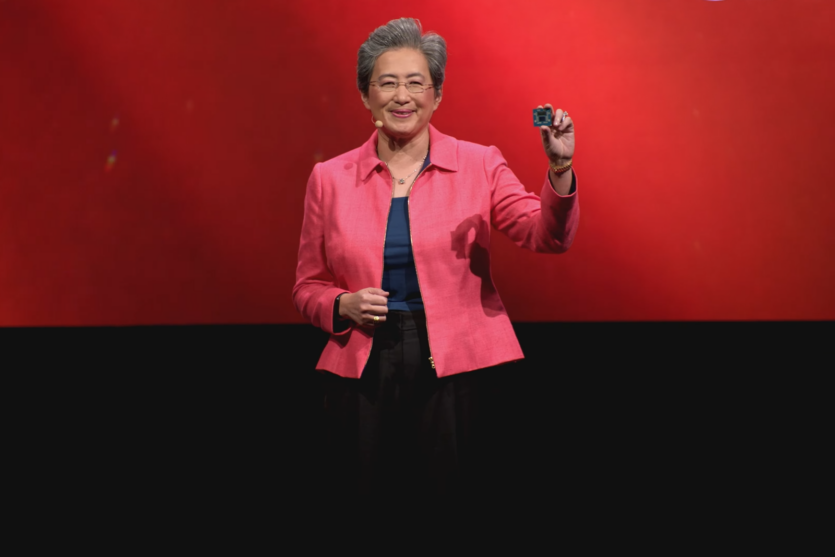
Sources among laptop OEMs say that AMD’s technical support is deteriorating. The reason for this is the company’s reorientation to corporate solutions from user solutions.
Consulting company AC Analysis argues that AMD’s shift in focus to artificial intelligence and data centers has led to «a Cold War ice age» in relations with OEMs — the company is losing the trust of its partners ComputerBase reports on manufacturers’ complaints that the «cold» relationship with AMD and poor cooperation leads to billions of dollars in losses due to reduced sales.
AC Analysis writes that AMD prioritizes enterprise chips over consumer offerings. The company quotes several AMD OEM partners in the laptop industry who complained about «miscommunication, unfulfilled promises, and a generally poor attitude» from the company, «reminiscent of Intel’s behavior during its years of dominance».
ComputerBase notes that according to several laptop OEMs, AMD continues to suffer from many of the problems the company has had in the past. Insufficient supply and related problems have led to a shortage of new laptops with Strix Point processors that have just started to enter the market.
Because of this, hardware manufacturers have been lukewarm to AMD Strix Point chips, despite consumer enthusiasm. At this time, the US BestBuy store has only three brands offering these processors: Asus, HP, and MSI — with HP and MSI represented by one model each, while Asus offers 13 models on AMD Ryzen AI 300. Laptops Lenovo Yoga Pro 7 Gen 9 are not yet sold in the United States.
Compared to AMD’s new products, Qualcomm Snapdragon X launch was hotly anticipated by the general public and laptop manufacturers — seven brands have released 12 different models, and new ones are coming soon. It should be understood that Qualcomm is a newcomer to the market. But Intel is the most represented — new Lunar Lake processors are presented in 80 models.
But despite poor relations with manufacturers, AMD is still slowly gaining market share compared to Intel. The share of laptops «red team» in the market as a whole reached 19%. However, the company has been gaining only fractions of a percent per quarter for years.
Sources: Tom’s Hardware

Spelling error report
The following text will be sent to our editors: